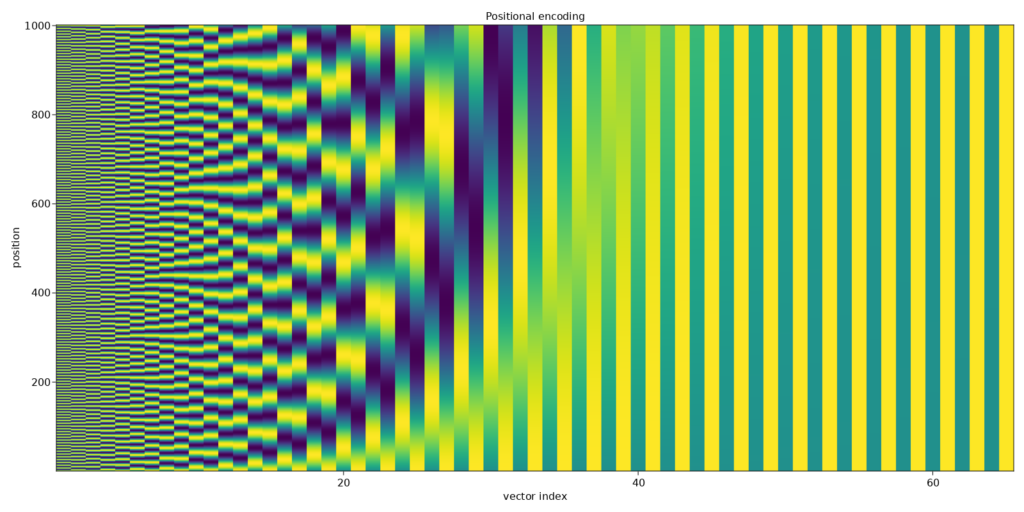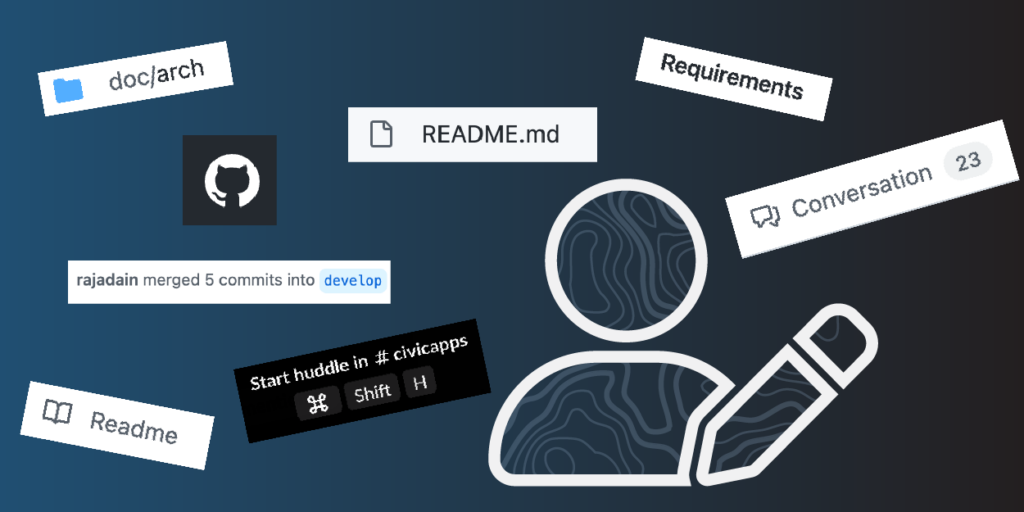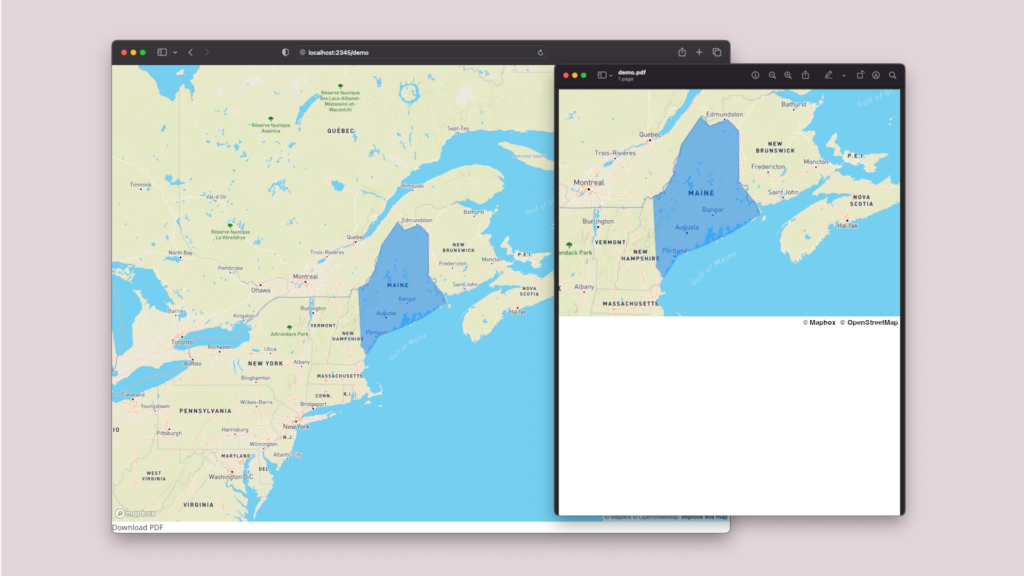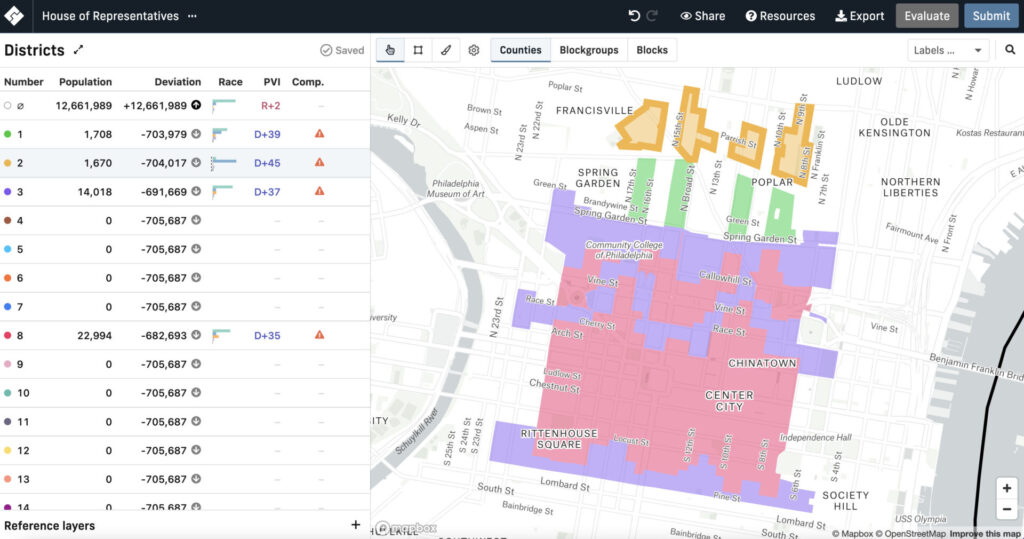All blog posts
<- View categories
-

Cicero-NLP: using language models to extend the Cicero Database
We discuss how to make US Representative contact information easier to collect through automation using Natural Language Processing.
-
Cicero-NLP: using language models to extend the Cicero Database
We discuss how to make US Representative contact information easier to collect through automation using Natural Language Processing.

-
The Importance of the User Experience Discovery Process
Outlining the value behind the UX discovery process, including how it adds clarity and helps stakeholders to establish an aligned vision.

-
The JavaScript Cave: Watch Your Step!
If I had to describe what it’s like to work in JavaScript, I’d have to say, “it’s like the cave scene in Raiders of the Lost Ark.” The language is one booby trap after another. You can never let your guard down. Developers new to JavaScript don’t realize that the language is out to get…

-
Introducing: Raster Vision v0.20
We outline Raster Vision V0.20, introducing new features, improved documentation, and an entirely new way to use the project.

-
FOSS4G Nashville 2022
I attended and gave a talk at FOSS4G Nashville 2022. This was a short, 1.5 day hybrid conference with about 30 in-person attendees and an unknown number of folks watching and giving presentations online. Howard Butler gave a keynote talk entitled “Serve data, not services,” and my talk was titled “STAC software, now and looking…

-
AWS re:Invent 2022 Mega Recap
This month our geospatial team traveled to Las Vegas to attend AWS re:Invent and talk about FilmDrop—our cloud-native, geospatial processing suite. Over the course of the week, we had a chance to meet tons of great people and spend time in talks and labs learning as much as we could. We’ve put together a mega…

-
Why is some documentation better than others?
We outline how to ensure your documentation is accessible for both users and developers.

-
Selecting a Geospatial Mastodon Server for Individuals and Businesses
At Azavea, interacting with and contributing to the geospatial community is a perpetual highlight of our work. For many years, Twitter has represented a hub of activity within the professional geospatial sphere, and we’ve enjoyed interacting with community members and sharing our work through the platform. In light of the uncertain future of Twitter, both…

-
How to print a MapBoxGL.js map to a PDF in React
To generate a printable document that is well-formatted, we break down the implementation process to print a Mapbox map to a PDF in React.

-
The Bread and Butter of Software Development: Informing My Learning Through Professional Baking
Azavean Rachele Morino outlines her career transition from baking to software engineering, and where the two professions overlap.
